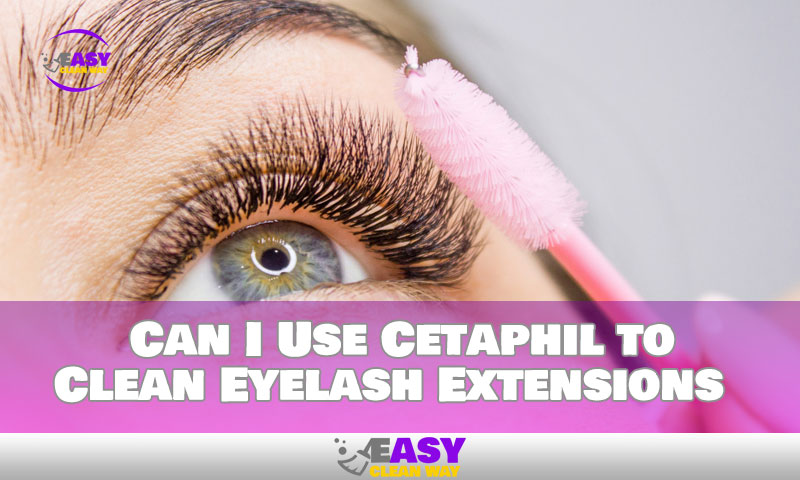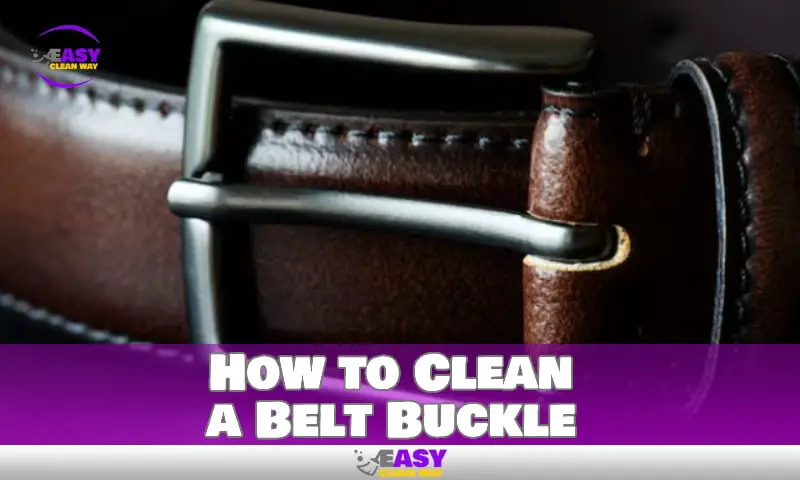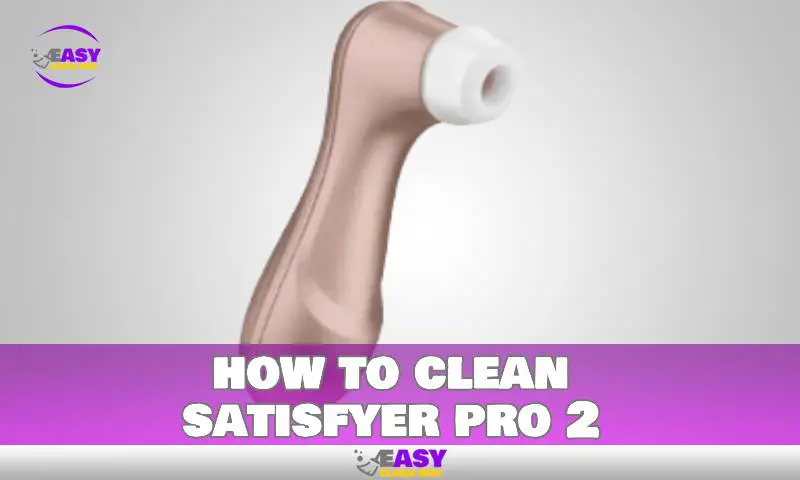Have you recently gotten eyelash extensions and are wondering if you can use Cetaphil to clean them? If so, you’re not alone. Many people with eyelash extensions make the mistake of using regular facial cleansers to clean their lash extensions, and this can cause a lot of damage.
Cetaphil is a popular drugstore cleanser that can be used to cleanse your face, but it should not be used on eyelash extensions. The harsh ingredients in the cleanser can strip away the lashes’ natural oils and weaken the bond between the natural lashes and the extensions. This can lead to lash breakage and premature shedding, which could result in having to go back for another round of expensive refills sooner than expected.
In this article, we’ll discuss why it is best to avoid using Cetaphil on your eyelash extensions and provide some tips for properly caring for your lashes. So read on to learn more about cleaning lash extensions without risking damage!
The Do’s and Don’ts of Cleaning Lash Extensions
Cetaphil is a gentle cleanser that is often used for people with sensitive skin, however it is not recommended for use on eyelash extensions. Your lash technician will provide you with the best advice about cleaning and caring for your extensions. Generally speaking, there are a few key do’s and don’ts to remember:
Do’s
- Use a lash extension-specific cleanser.
- Brush extensions regularly, this prevents tangling and keeps them defined.
- Use a lash wand to separate your lashes.
- Use products with moisturizing ingredients, like jojoba oil or hyaluronic acid.
- Have regular touch ups and refills.
Don’ts
- Don’t use oil based makeup removers or cleansers while wearing lash extensions as they can break down the adhesive bonds of the glue used on lash extensions.
- Don’t use makeup around your eyes as it can clump up and stick to the eyelash extension glue, making it more difficult to remove at home.
- Don’t pick, pull, tug or rub your lashes—this can lead to premature shedding of the extensions and damage to your natural lashes as well.
Types of Cleansers That Can Be Used on Lash Extensions
So, you’re wondering whether Cetaphil is a good cleanser to use on your eyelash extensions? It’s understandable that you would look for a gentle cleanser to clean your lashes. After all, they are delicate!
When it comes to taking care of your eyelash extensions, there are a few things to keep in mind. First and foremost, lash extension wearers should never use waterproof or oil-based cleansers as these can degrade the adhesive bond and cause the extensions to come off sooner than expected.
The best type of cleansers for lash extensions are gentle, sulfate-free foaming washes specifically designed for eyelash extensions. While Cetaphil does contain glycerin and aloe vera which is beneficial for the health of eyelash extensions, it also contains sodium lauryl sulfate which could potentially damage the adhesive bond.
It is always best to err on the side of caution when it comes to cleaning your eyelash extensions and stick with specialized cleansing solutions. This will ensure that your lashes stay in place, look healthy and have maximum longevity.
Benefits and Drawbacks of Using Cetaphil to Clean Eyelash Extensions
Cetaphil is widely used for its exceptional cleansing and moisturizing benefits, but does it have any place in the world of eyelash extensions? Before you answer with a definite ‘yes’ or ‘no’, there are some things to consider first.
Benefits
Cetaphil’s non-irritating, pH balanced formula is designed to be gentle on sensitive skin, and can be an ideal choice for cleaning eyelash extensions. While it does not come packaged specifically as a lash cleaner, many users find that it works as intended when applied carefully.
Drawbacks
The downside to using Cetaphil is that its cleansing ability may leave extensions looking somewhat dull and lifeless when compared to other methods of cleaning. If not applied properly, Cetaphil can also clump up around the base of the lashes and cause premature shedding.
We recommend consulting with a professional aesthetician before deciding whether or not Cetaphil is the right product for you and your individual eyelash situation.
What the Experts Have to Say About Using Cetaphil to Clean Eyelash Extensions
Many experts suggest that when it comes to maintaining luscious eyelash extensions, the simple and straightforward way is the best. Cetaphil is one such straightforward option, as it has been a dermatologist recommended brand for years, with many claiming that its special formula makes it safe and effective for cleaning around the eyes. It’s gentle yet effective ingredients effectively remove dirt and oil without damaging or removing extension adhesive bonds or drying out natural lashes.
Cetaphil can be used on eyelash extensions after a light wash with water. Just make sure to apply it delicately around the eye area and use light pressure when wiping away excess product with a cotton pad or ball. If your eyes are particularly sensitive, you may want to opt for an oil-free makeup remover as an alternative instead of Cetaphil as this may be less irritating in some cases.
What Other Precautions Should Be Taken When Using Cetaphil to Clean Eyelash Extensions?
It is also essential to regularly clean your eyelash extensions at least once a week, in order to maintain the integrity of the extensions. This should be done by using a gentle, oil-free cleanser, such as Cetaphil, and a soft cloth or towel. Working in a downward motion, gently scrub the lashes to remove any dirt and makeup, then rinse with warm water. If wearing mascara, use a cotton bud to wipe away the residue, again working in a downward motion. This will help keep the lashes clean, healthy, and in their best condition for longer.
In conclusion, Cetaphil can be used for cleaning eyelash extensions, but certain precautions should always be taken and advice should be sought from a professional before opting for the product and its use. If used carefully and maintained with regular cleaning, eyelash extensions can remain in perfect condition for a long period of time, and Cetaphil could be a beneficial addition to the cleansing process.
Is There an Alternative to Using Cetaphil for Cleaning Lash Extensions?
Indeed, there are a few alternatives to consider if you want to try something other than Cetaphil to clean your lash extensions. For example, some experts suggest using a micellar water or a specially formulated eyelash cleanser, such as ‘Foaming Lash Cleanser’. Both are designed specifically with lash extensions in mind, making them a great option for those who want to keep their lash extensions looking their best.
When using alternative cleansers, it is important to use them correctly. Always remember to read the instructions carefully, carefully follow the instructions and take particular care around the eyes, as the area is delicate and sensitive.
No matter which product you use for your lash extension cleaning, it is essential to take proper care of them. This includes regular cleaning and inspection to ensure the integrity of the extensions, using products formulated for lash extensions when available, and never sleeping with mascara on. With the proper care, your lash extensions can look amazing and last for a long time.
People Also Like: How to Clean Kinetic Sand
Conclusion
All in all, it is possible to use Cetaphil to clean eyelash extensions, but it is advisable to seek advice from a professional before opting for the product. The professional could suggest other products which are more effective and suitable for eyelash extensions. Moreover, proper eyelash care should be followed in order to prevent any further damage to the lashes. Lastly, eye makeup remover that is not oil-based should be used to remove all traces of makeup from the eyelash extensions. This will ensure that the eyelash extensions remain in perfect condition for a longer time.
Hey there! I’m Alton Smith, your Clean Expert blogger. I’m on a quest to help you conquer chaos and embrace the joys of a tidy life.





